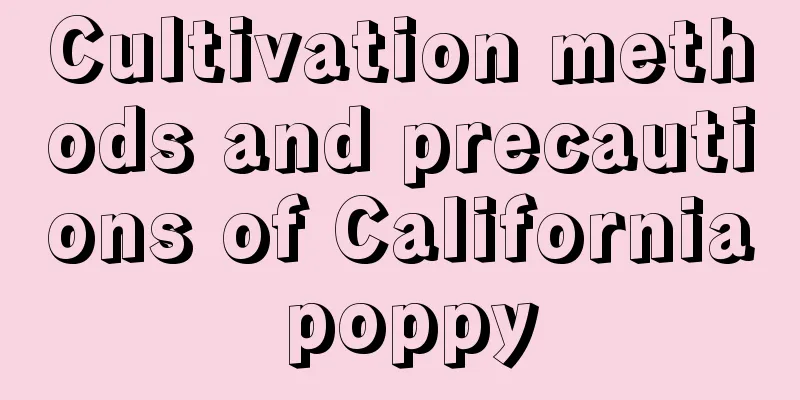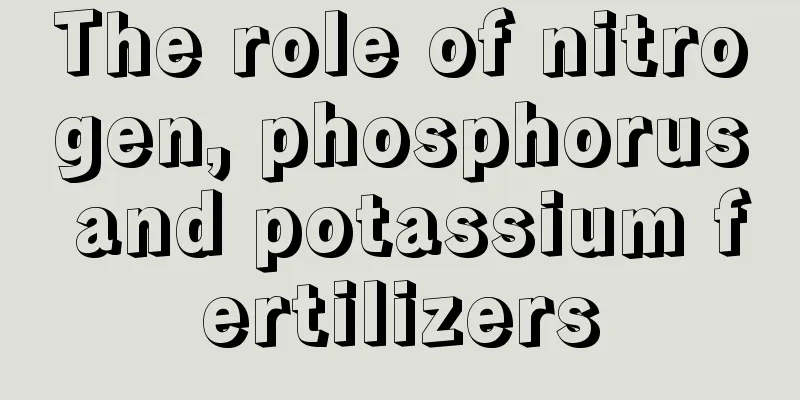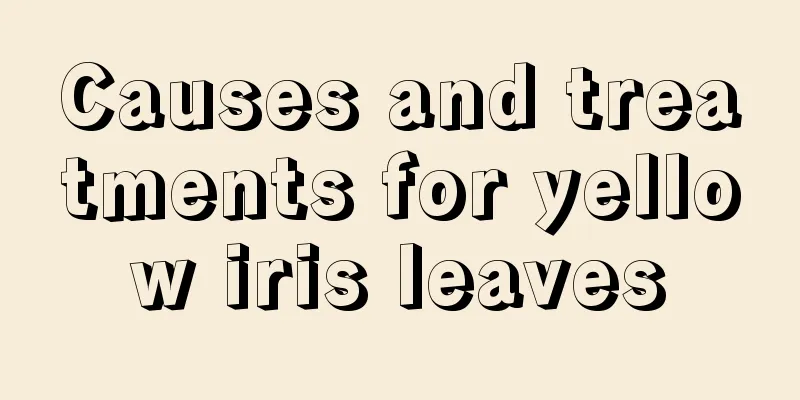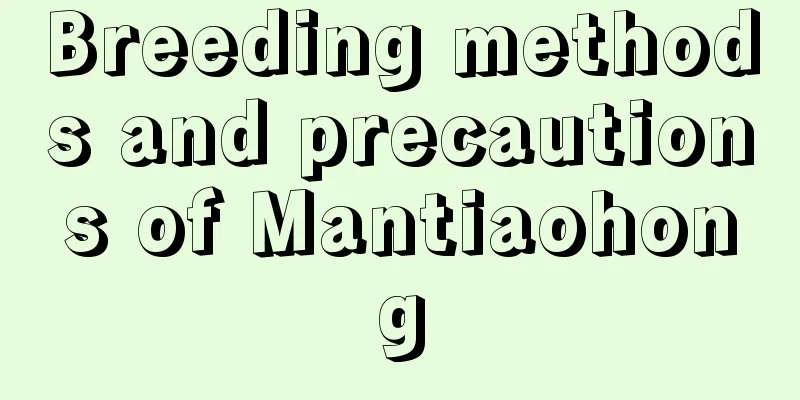Cultivation methods and precautions of California poppy

How to grow California poppyHumidity ManagementCalifornia poppies prefer a relatively dry air environment. If it rains too long, it will be easily infected by pathogens. Afraid of rain, keep the leaves dry at night. The optimum relative air humidity is 40-60%. Temperature and lightTemperature: California poppy likes cool climate, avoids extreme heat and is resistant to frost. It is not very demanding on winter temperature and can overwinter peacefully as long as it is not affected by frost; it will die when the temperature is above 30℃ in late spring and early summer, and the most suitable growth temperature is 15-25℃. Light: In late autumn, winter and early spring, because the temperature is not very high, it is necessary to give it direct sunlight to facilitate photosynthesis and the formation of flower buds, flowering and fruiting. If there is high temperature in summer, it is necessary to block about 50% of the sunlight. Water and fertilizer managementWatering: The principle of watering California poplar is: wet it when it is dry, dry it thoroughly, don't water it if it is not dry, and water it thoroughly when you do water. When watering, be careful to keep the leaves and flowers dry and not get them wet. Fertilization: Apply decomposed thin cake fertilizer water once a month to make the plants grow well. Do not apply too much nitrogen fertilizer, as it will easily cause the plants to grow too tall. The nutrition of the plants should be complete, and phosphorus, potassium and nitrogen fertilizers should be applied in small amounts and multiple times. Reproduction methodThere are two ways to propagate California poppies: sowing and cuttings. Sowing can be carried out in spring and autumn, and cuttings are generally combined with pinching. Things to note when raising California poppyCalifornia poppy is not tolerant to transplantingThe taproot of California poppy is long and cannot tolerate transplanting. Before sowing, apply some decomposed bean cake as base fertilizer and sow the seeds directly into the pot. When sowing seeds, flower lovers should choose a good flower pot first to avoid insufficient space after the california grows up, causing the plant to grow poorly. California poppy is poisonousCalifornia poppy is somewhat toxic. Direct contact with its leaves may cause itching and granulation on the skin. In severe cases, you must see a doctor. Eating the fruit may cause vomiting, diarrhea and other symptoms. When caring for the plant, prevent children from touching the flowers and leaves. Flower lovers should also be careful when caring for them. |
<<: Cultivation methods and precautions of red spider lily
>>: Cultivation methods and precautions of Araucaria
Recommend
How to grow azaleas better and more vigorously? How to grow potted azaleas at home
We usually buy rhododendrons with pots, and some ...
The efficacy and function of ponkan
1. Lowers Cholesterol Ponkan can increase the ela...
The fastest way to root ginkgo cuttings
Ginkgo cutting time In spring and autumn, it is m...
Cutting method of millennium wood
The thousand-year-old wood , also known as the ir...
How long does it take for the strawberry seedlings to survive after being planted?
Generally, it takes about 4-5 days for the transp...
Mangosteen tree growth environment conditions and characteristics
Mangosteen tree growth environment conditions and...
What are the varieties of vegetables that are not afraid of waterlogging?
Flood-resistant vegetables are vegetables that ar...
How to use beer as flower fertilizer
Beer Scrub Blades Mix beer and water in a ratio o...
Key points of planting and management techniques of snow peas
1. Planting time Snow peas are usually planted in...
Planting technology of Pinus fasciata
Vanilla has a wide adaptability and is cold-resis...
Difference between raspberry and blackberry
1. Difference of blades The leaves of the raspber...
What to do if the Clerodendrum thomsoniae blooms less? Finding the reason is the key!
Causes and treatment methods If you want to know ...
How to prune camellia bonsai? Pruning methods and techniques illustrated
Camellia bonsai pruning time No matter which meth...
What fertilizer is good for green radish
1. What fertilizer to use This plant is relativel...
Can magnolia be potted?
Can magnolia be potted? Magnolia can be grown in ...









